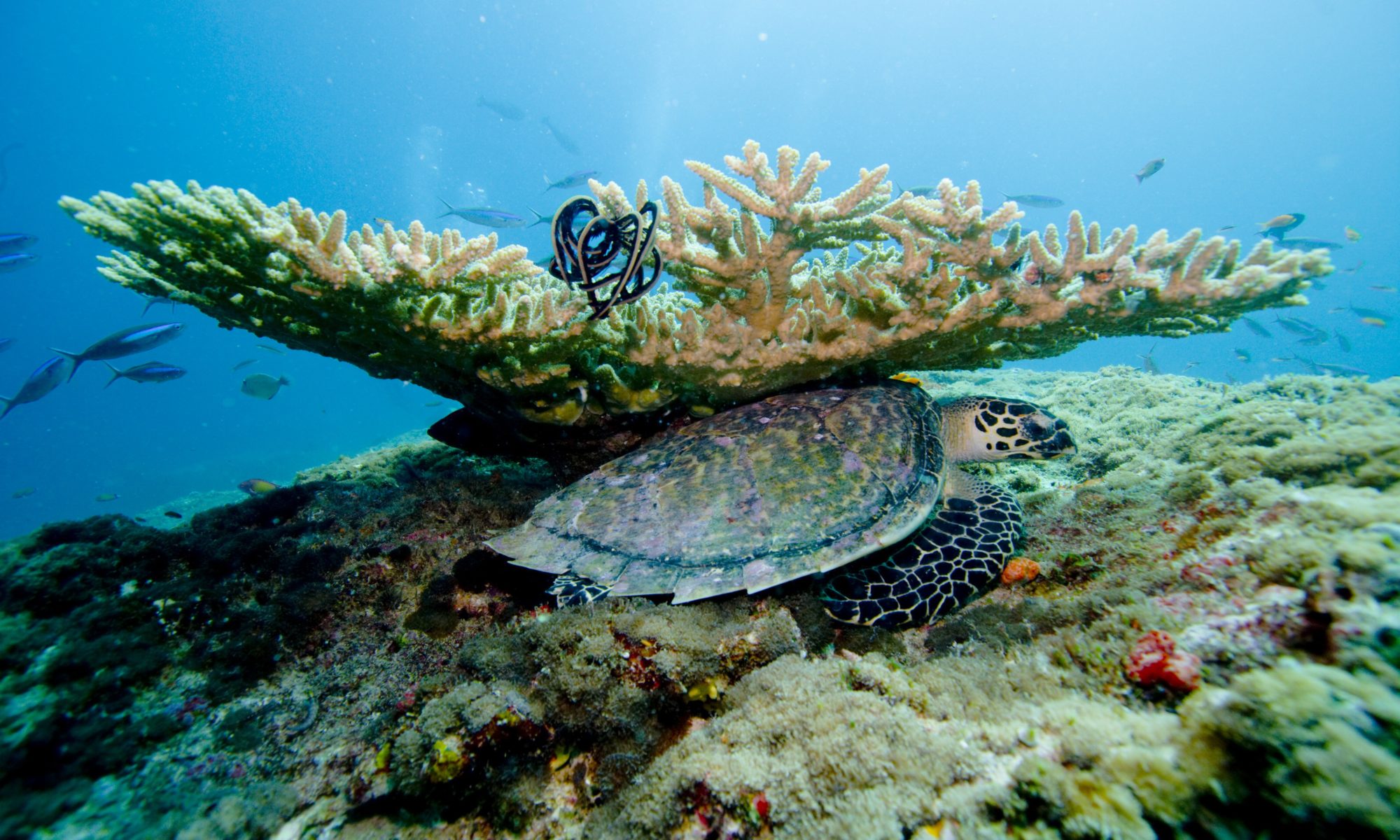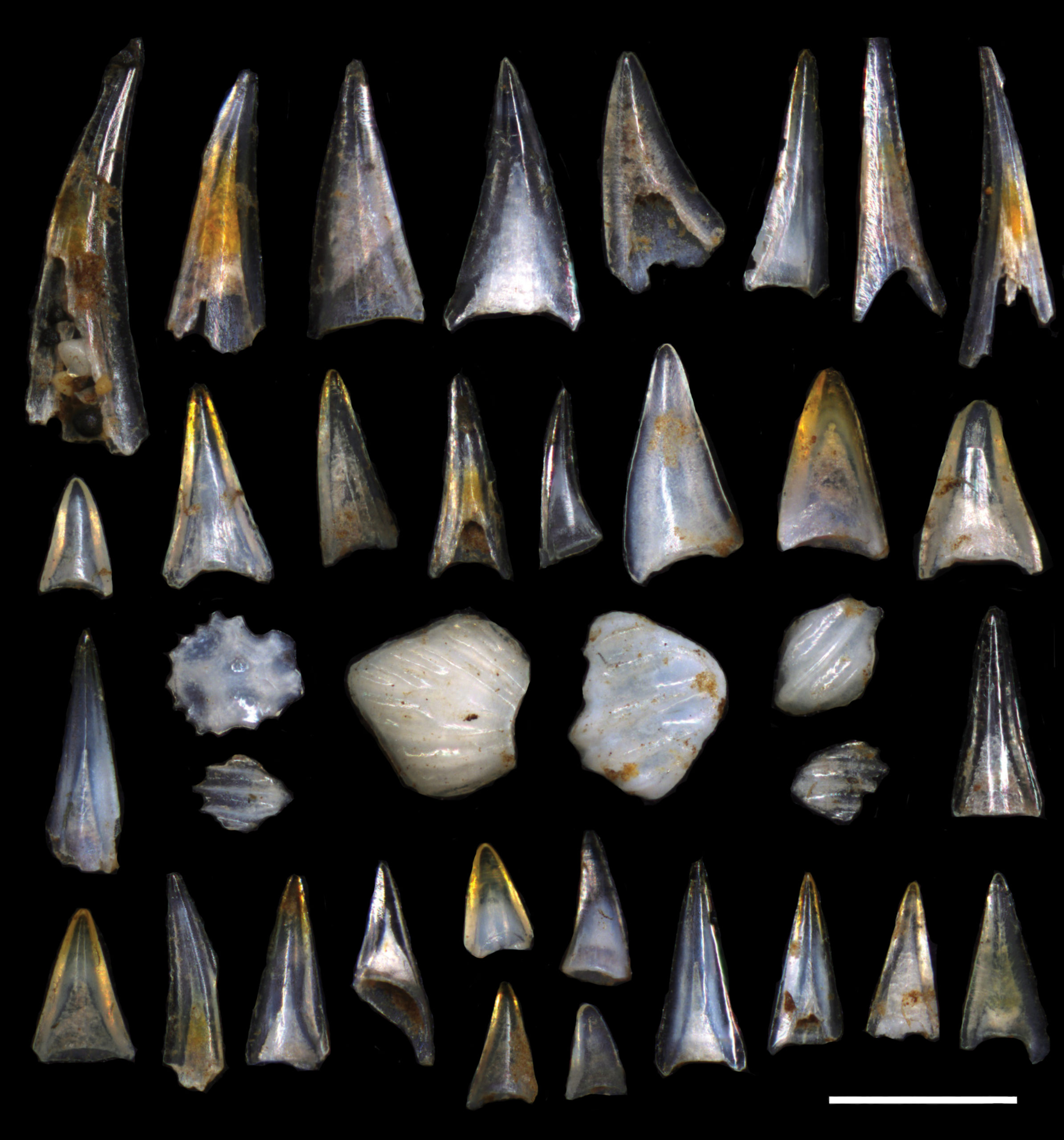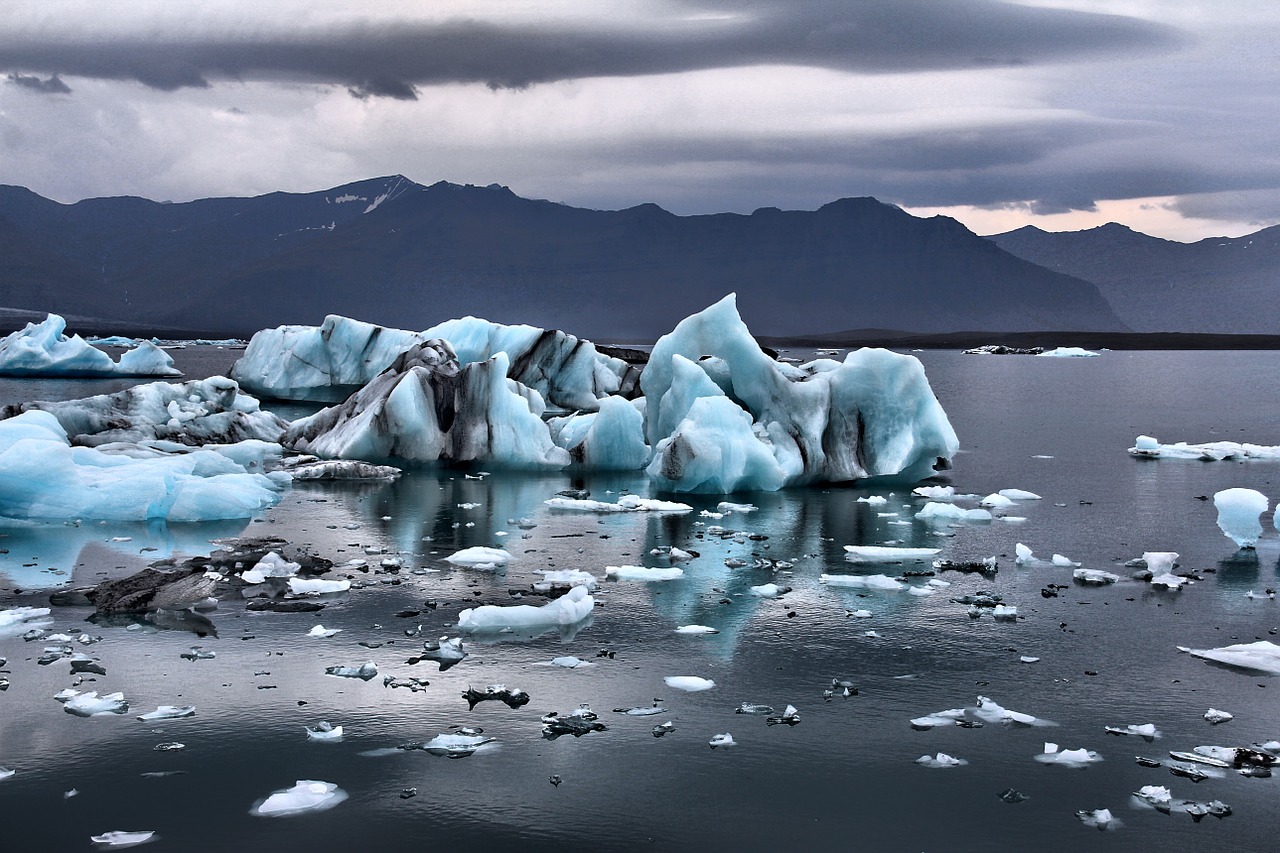Featured image: A coral colony from Maldives, Indian Ocean. Picture credit: Андрей Корман from Pixabay (Public domain)
Paper: Potential of reef building corals to study the past Indian monsoon rainfall variability
Author: Supriyo Chakraborty
Paleooceanographers have often used reef-building corals to study oceanic processes like the El Niño and Southern Oscillation, ocean circulation patterns, air–sea gas exchange, and the Indian Ocean dipole (a.k.a Indian Niño), among others. Yet how exactly do corals provide clues about the physical and chemical conditions of their environments? The answer lies in their skeletons.
Continue reading “Could corals help study the variability of past Indian monsoons?”


